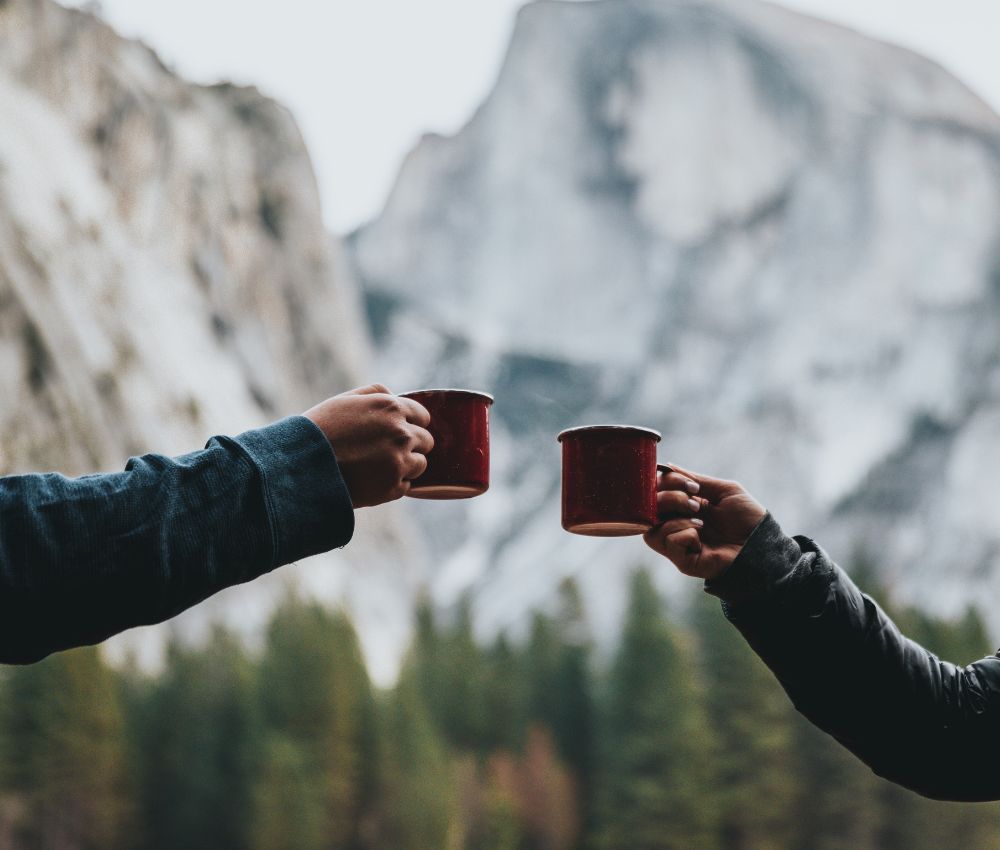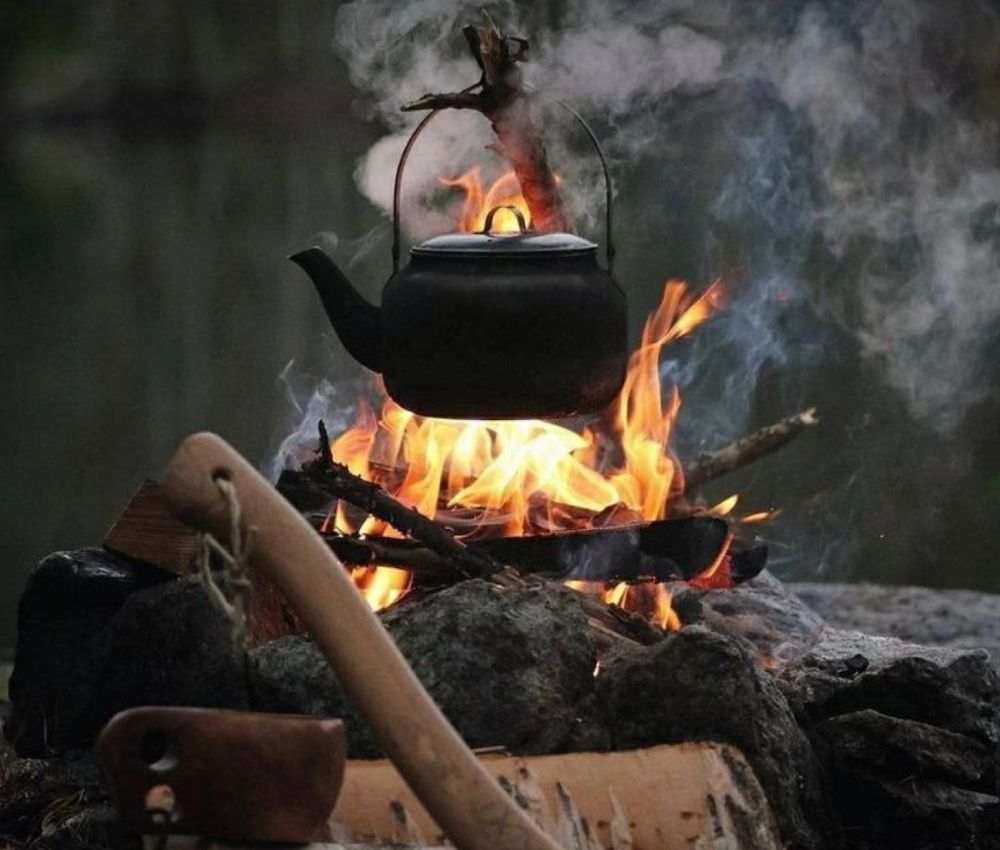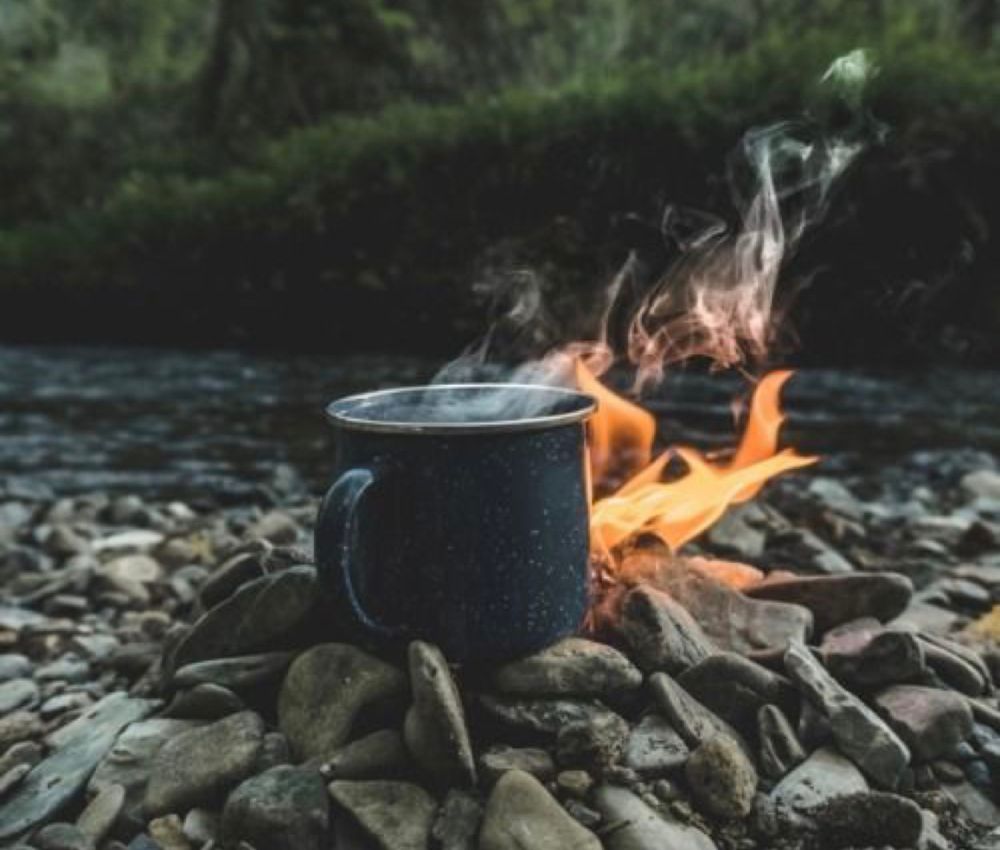Mutual Ways in Practice

Welcome to this week's newsletter where we took a brief look into the ways of Walk Together. This kōrero was an impromptu topic intended to give insight to some of the ways, philosophies and frameworks Walk Together operates with to understand what Walk Together does and why. It was a topic suggested by the original founder of Walk Together Dr Dave Goddard. While we like to host topics that our community brings in each week, sometimes we share aspects of Walk Together. Here’s what was shared, and how others connected to the philosophy of Mutual Ways.
Mutual Ways Framework
In thinking about how to approach this topic the question was posed: “Where would you start if you were going to share with somebody who might not be familiar with Walk Together?” To which one of the originating founders replied “I'd probably start with Mutual Ways.
Mutual Ways is one of the underpinning philosophies of Walk Together. At the heart of this framework is the understanding that two or more cultures can work together for the benefit of both cultures. Essentially, each culture does not have to give up its own identity or values, but rather both sides meet in a Mutual Ways space where both cultures share equal power and plan mutual ways forward together.
Using the example of a Government’s structure which has traits of a triangular or top-down system on one side, and on the other a Community or circular or collectivist system on the other, the idea of Mutual Ways is to see whether those two sides want to do something together in the Intercultural space between them.
Someone familiar with Mutual Ways added; “the idea in the middle section… striving to get mutually beneficial outcomes, is to find something that would appeal to the government and would appeal to local people [community]”. They continued, “that's always struck me as a very beneficial way of starting out, to go and ask somebody what they want, rather than going in and telling them what they need”.
One of our Walk Together kaimahi added, “something that stood out for me was the fact that you don't forsake who you are or your values in this process, but rather you bring yourself to a middle place where you can find common goals, common values, common ways, and then work forward”.
Another reflection was offered on how Mutual Ways has supported those leaders participating on the 2025 System Navigators leadership program; “it's helped people feel calmer, helped them sort of take a load off that responsibility of being [either] young or a minority representative in their workspace trying to achieve many community outcomes” [distributing roles rather than taking them all on themselves]. In this sense Mutual Ways has helped leaders to reposition by applying the process of thinking about how facilitation might need to occur so that fairness or equity is evident.
Enacting Mutual Ways through Intercultural Facilitation
For Mutual Ways to be effective and encourage people to hop into a Mutual Ways waka-canoe together requires expert facilitation. One of our most experienced intercultural facilitators shared with the group, “so much of this framework is used by enacting this role of intercultural facilitation. [The intercultural facilitator discerns things like] How do we get these, these sides talking to each other? [And] how do we make sure we don't take any culture away from this side by coming into partnership with this side?”. The role of the intercultural facilitator is one of unbiased and non-advisory. Their purpose is to support participants from both sides to sit in a mutual or middle space to co-create solutions that meet the needs, goals and aspirations of both sides, rather than just one side. The intercultural facilitator asks questions rather than giving groups solutions.
Community-led initiatives and Cultural Clashes
One of our regular cuppa members shared their thoughts about this topic, “this is making me think of community-led development, which is something that we do at a community level…That's a bit hard to explain, but it's similar. There's a similarity in terms of the idea of starting with community and what they need. But the thing that's really standing out to me is about values. So it's about what you value, and so much of the lack of understanding between two groups, for me”. This went on to talk about group and power dynamics, and how we need to think about ensuring this is dealt with.
Our Walk Together kaimahi responded “the goal of the intercultural facilitator is to intervene on the dominating practices through facilitation, keeping both sides on board as much as they can, resolving conflict back and forth, back and forth until agreement is made….values play a massive role, and that's where we try to ensure that one side's values are not dominating on the other”.
Another visitor responded, “I think we're all a mix of the triangle and the circle and interesting kinds of ways. And when I see that diagram of saying, "you're a triangle, your circle, I want it to have a triangle and a circle on both sides, because I think there's ways that we all think in circle and triangle for our own benefit”.
While we agree that both sides can adapt, Mutual Ways ensures we don’t dilute the ways, cultures, or aspirations of those with less power in the room.
This prompted one of our guests to reflect on their experience using the Mutual Ways framework. They expressed, “that's sort of like intersectionality. I did work for a government arm, but I am Pacific, and I was sent to work with Pacific communities. And so I think this framework was good, because it showed me that, yeah, I'm part of the community, but the structure that I'm within is like this (triangular or top-down). So I felt like the mutual ways framework helped me to see my own biases from my own workplace, and that I was actually perpetuating a lot of unhelpful engagement habits against my own people”.
This prompted one of our guests to reflect on their experience at university and their own self-reflection during a research process. They shared, “you might intend to do well, or mean well for the community, but because you're attached to the university you're caught in a mid space…and so that kind of shifted me to this idea of when you think of working together with groups, and how it's dependent on everyone wanting to work together and being more reflective of who they are as individuals is important”.
To wind up our talanoa-kōrero our Walk Together kaimahi shared, “Mutual Ways is a good safety. It can be used in the lens, or the positionality of a safety framework for cultures not being watered down, for example”.
It is rare that our cuppa time is used to share Walk Together tools however, it was nice to share our mahi with our group and answer any questions they had.
If you have a topic that you’d like us to dive into, feel free to let us know for today’s cuppa. Register here for our next online cuppa. Every Friday at 11am. See you soon


